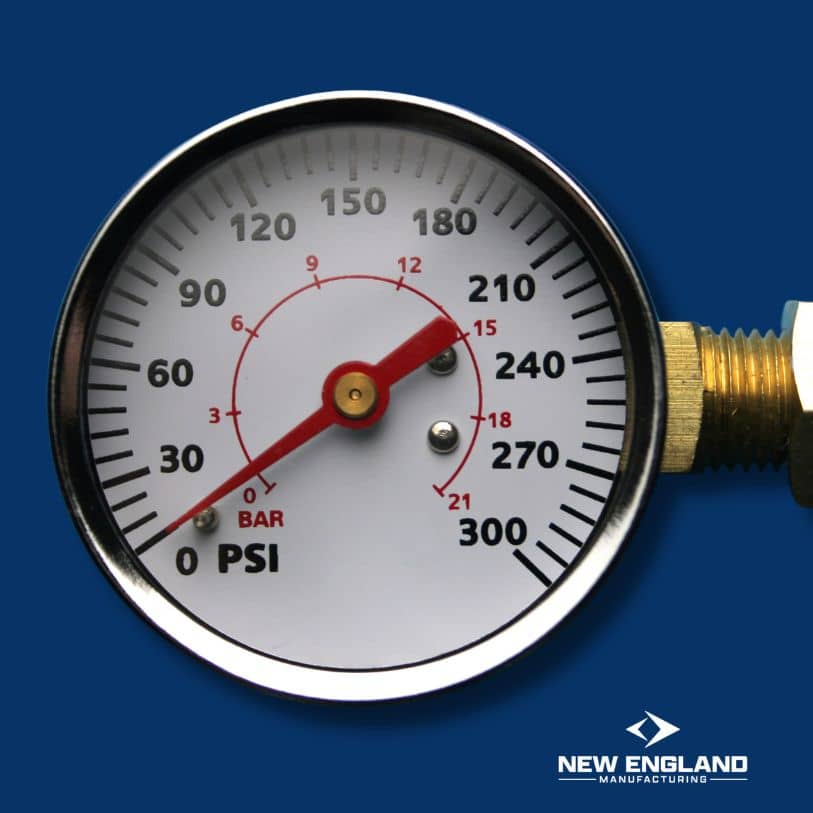How to Accurately Measure Your Home's Water Pressure
Water pressure in your home is like the silent backbone of your daily routine, influencing everything from your morning shower to the efficiency of washing dishes and laundry. Too low, and you’re left with a trickle that turns simple tasks into frustrating chores. Too high, and you may face the risk of damaged pipes or appliances. Thus, knowing how to measure your home’s water pressure is not just about ensuring convenience; it’s about safeguarding your home’s plumbing system and optimizing your water usage.
In this post, we’ll walk you through the steps to accurately determine your home’s water pressure using tools you can quickly obtain and without needing expert-level plumbing knowledge. Let’s dive into the process, ensuring your water flows just right.
Understanding the Basics
Before we get into the details, let’s cover why water pressure matters. It’s the force that moves water through your home’s pipes, allowing it to reach faucets, appliances, and fixtures. The ideal range is typically between 40 to 60 pounds per square inch (psi). Falling outside this range can cause the issues we mentioned earlier.
Gathering Your Tools
You’ll need a water pressure meter, also known as a gauge, to measure water pressure. These are readily available at hardware stores and online. Look for one with a threaded end that can attach to a hose bib, such as your garden faucet. It’s a small investment that can save you from future plumbing problems.
Step 1: Locate Your Hose Bib
First off, find a hose bib that you can easily access. This is usually located on the outside of your home. Ensure it’s clear of any debris or attachments like hoses.
Step 2: Attach the Water Pressure Meter
Take your water pressure meter and attach it to the hose bib. Make sure it’s screwed on tightly to avoid any leaks. Don’t worry; no tools are required for this part, just a firm hand-tightening.
Step 3: Turn on the Water
Next, turn on the water full blast. Watch the meter’s dial; it will jump to a number indicating your water pressure in psi. This reading tells you exactly what the pressure is at that source.
Step 4: Check Readings at Different Times
Water pressure can fluctuate throughout the day. For a clear picture, take multiple readings at different times. Early morning or late at night are often peak times for water usage in your area, affecting your pressure.
Step 5: Compare Your Readings
After gathering your data, compare the readings. You’re in the clear if they consistently fall within the 40 to 60 psi range. If not, it might be time to investigate further or consult a professional.
Troubleshooting Common Issues
If your readings are too low or too high, there are a few steps you can take. For low pressure, check if the issue is localized to one area or affects your whole house. It could be a clogged aerator or a more significant problem with your municipal supply.
It’s crucial to address this quickly for high pressure to avoid damage. Installing a pressure regulator can help manage and reduce pressure to safer levels.
When to Call a Professional
While measuring your water pressure is straightforward, fixing related problems might be challenging. If you need clarification on your readings or how to proceed with adjustments, it’s best to call a plumbing professional. They can provide insights into whether your pressure issues stem from your home’s internal plumbing or external factors like the municipal water supply.
Conclusion
Measuring your home’s water pressure is a simple yet crucial task for maintaining your plumbing system and ensuring your daily water use runs smoothly. With a basic water pressure meter and the steps outlined above, you can easily monitor your pressure, identify any deviations from the norm, and take appropriate action. Regular checks can help prevent the inconveniences of too low or too high water pressure, saving you from potential plumbing disasters down the line.
Remember, while DIY measures are helpful for maintenance and minor troubleshooting, don’t hesitate to seek professional help for complex issues. Ensuring your home’s water pressure is within the ideal range is not just about convenience but also about protecting your home and maximizing efficiency. So, grab that water pressure meter and give your home the attention it deserves. Your plumbing system—and your daily routine—will thank you.
Read More:
Basics of Water Pressure

Mark R.
With a strong foundation in industrial safety and fire protection systems, Mark R. specializes in creating clear, technical, and compliance-driven content. Writing for SafeTech Reports, he covers topics such as fire hydrant testing, PPE protocols, emergency procedures, and smart technology integration in safety systems. His work ensures that professionals stay informed on the latest regulations, best practices, and emerging trends in safety and infrastructure maintenance.
Get in touch
We usually respond within 24 hours
Need Reliable Water Flow Test Equipment?
For over 70 years, New England Manufacturing has been the trusted source for fire hydrant and water flow testing kits. From pitot gauge kits to custom test kits, we provide precision, durability, and expert calibration to meet your needs.
- Custom-built test kits
- High-quality pressure gauges
- Reliable calibration services


